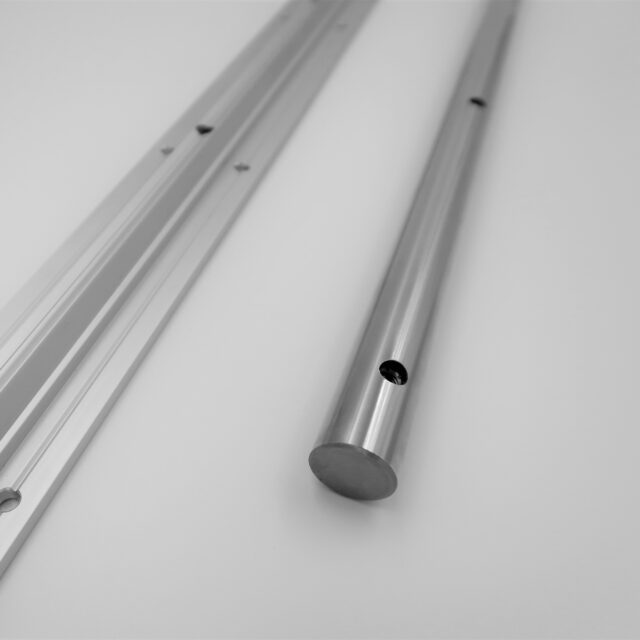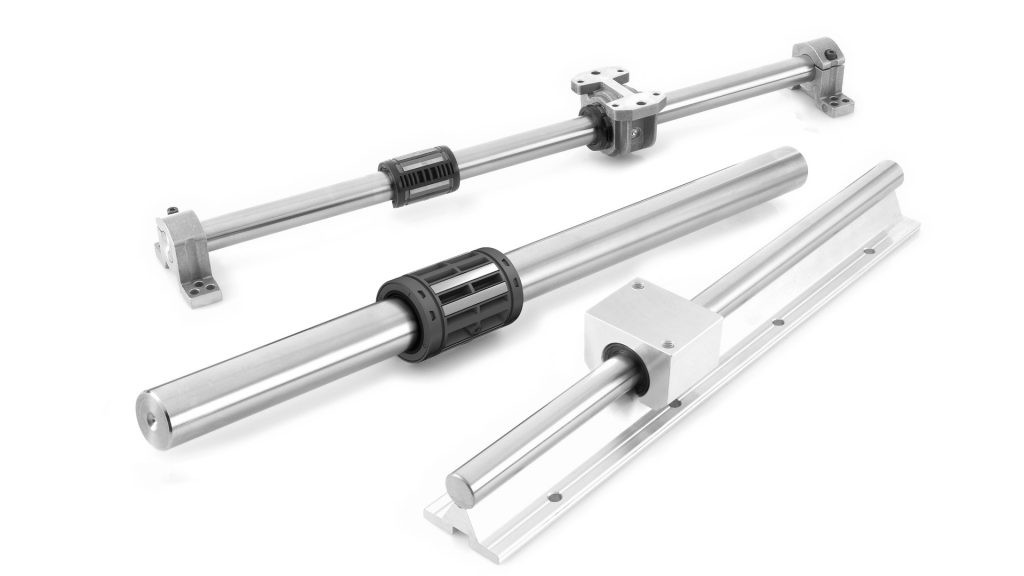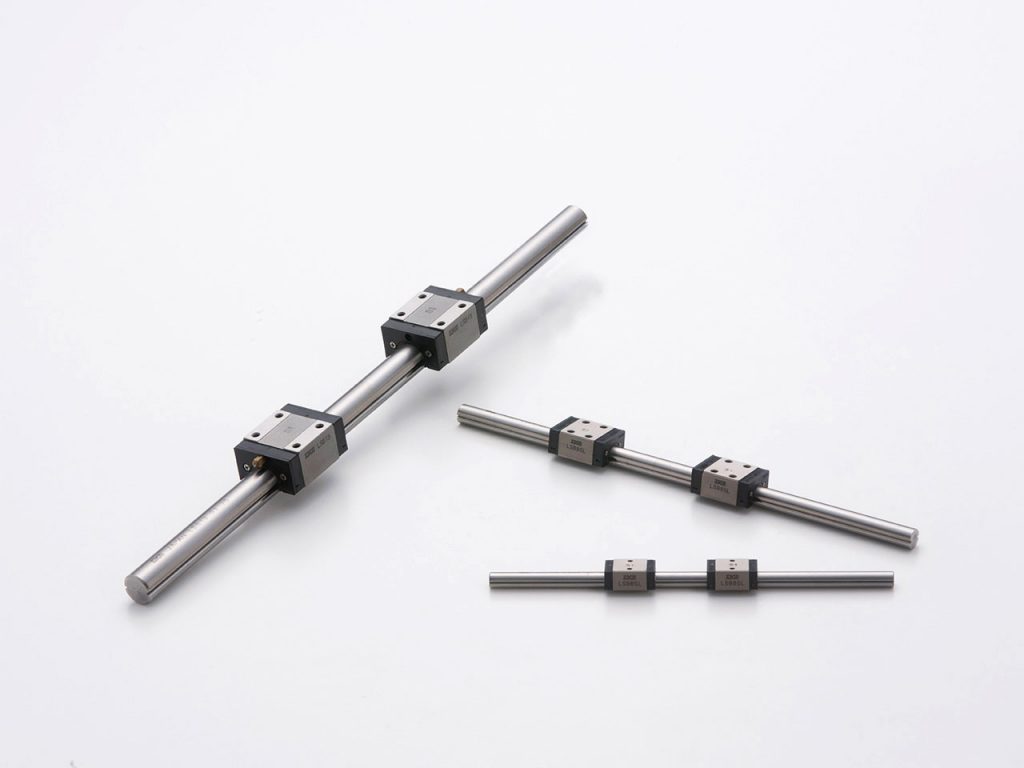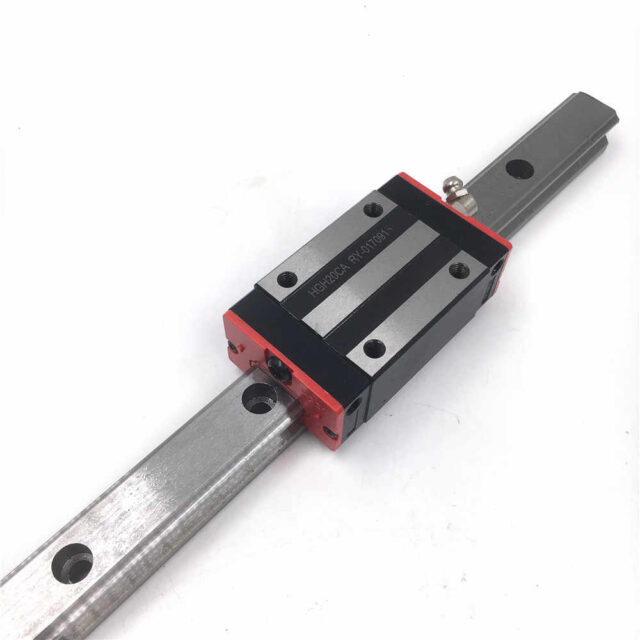
Devices and machinery that uses intricate moving parts is often hard to navigate and install properly. Moreover, it is also difficult to choose and use the right way especially if you do not regularly have to deal with similar things in your life. When linear shafts and guides are concerned, as well as all the remaining parts that come with them, there are many mistakes people can make and not even realize it.
If you are dealing with these on a regular basis or if you are about to for the first time ever, you have come to the right place. Right here and now we are going to talk about the mistakes people make when choosing and using linear shafts and how not to make them. By the end of the text you will have all the information necessary for the proper implementation and operation with these assemblies. In case you need or wish to learn more about linear shafts, make sure to check out what tuli-shop.com has to offer.
What are they?

First and foremost, there needs to be a few words about the shafts and what they actually are. These parts are used when there is a need to control some kind of motion, in this case linear motion. Actually, the very term “linear shaft” is a little bit misleading because the shaft itself does not do any of the work. It is there to support and used when a sliding motion has to happen and be guided. There are multiple different uses of this system and the requirements, loads, and speed of the motion itself decides what kind of shaft is needed.
Here we actually need to talk about linear guides, which are mechanical assemblies that actually do the work in a system. They only do as much work and motion as the machine in question needs them to. This is why they should be doing it properly and optimally at all times. But to do that, you cannot just specify what kind of guide you need. An operational system needs much more, including specific designs, installations, and testing. Following is a list of the most common errors and mistakes that people usually make when they build and install shafts and guides into their systems.
1. Mount Surfaces and Tolerance
Linear guides and shafts are supposed to operate with as little friction as possible, and therefore they are made like that in factories. In a perfect scenario, the friction of the linear guide would be exactly the same in all situations, mounted and in use or not. Since we do not live in an ideal world, misalignment happens much more often that it should resulting in more load than it was planned for. The mounting tolerance is concerned with the mounting surface flatness and the linear guide parallelism. You will easily be able to tell that your alignment is off if friction increases following the installation of if it is stronger on one end of the motion trail.
2. Lack of Mounting Features

In order for performance to meet the specifications at hand, the linear guides need to have proper alignment. That much has already been said. However, here we will discuss the adding of mounting features that are able to make the process of installation faster. This also helps with a more effective performance in the end and ensures smoother motion. These features do not have to be anything big or complex, and a simple pair of pins that will align the primary rail will do.
In case you are applying something that needs higher accuracy though, more care needs to exist even if the factory guides are straight. For the most effective and smoothest operation, precision shoulder surfaces are to be used while installing. These are flat and stable enough to support the bearings and rails, delivering more parallelism and straightness that are hard to spot. An error here would not only mean worse than ideal performance, but also a shorter lifetime of all the parts involved. And you definitely do not want this.
3. No Preload Specification

In terms of linear guides and shafts, preload means adjusting the fit between the blocks and the rails. In applications that require more precision, there should be positive preload present meaning the block, rail, and ball should not have clearance between each other. When everything is properly specified here, the preload reduces the negative factors. Negative factors in this context refer to unwanted noise, vibrations, generation of excess heat, as well as deflection. If left unspecified or improperly specified, there will be a lot of friction that can easily downgrade the performance of the whole system and over a short period of time.
Most people opt to but the best linear guide with the highest available precision expecting the best possible performance. However, this is only true if the mounting surface precision is the same as that of the linear guide. Otherwise, the precisions are hardly guaranteed and the preload causes a whole range of problems you will have to deal with later.
4. Not Performing Tests
Fixing a problem when it occurs and expecting everything to resume working fine is no way of dealing with intricate machinery where the installation process and precision are of the utmost importance. What is more, you can never expect to fix a problem if you have no idea it is actually there or why it could have occurred. When installing linear guides and shafts, they must be tested immediately after you finish the assembly process.
The parallelism and alignment should be checked at once to ensure that everything is order and that operation can begin as intended. Start off with a push force of around 20% as you are moving the guide from one end to the other. If you experience anything but absolute smoothness all the way there and back, there are alignment issues and the rails are nor parallel. There could also be an issue with lubrication but this usually happens over time and not with a brand new system that has just been installed for the first time.









